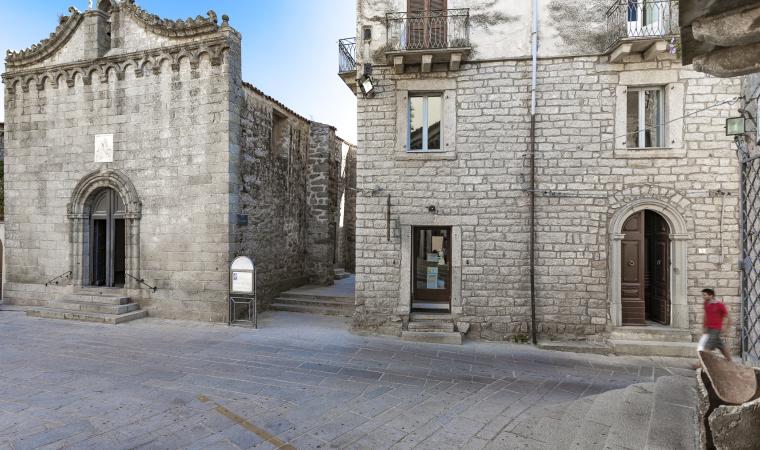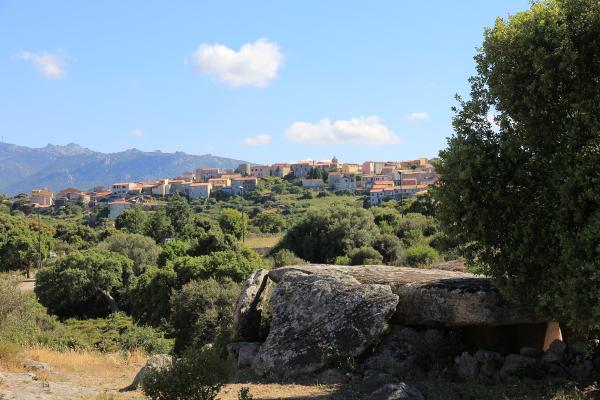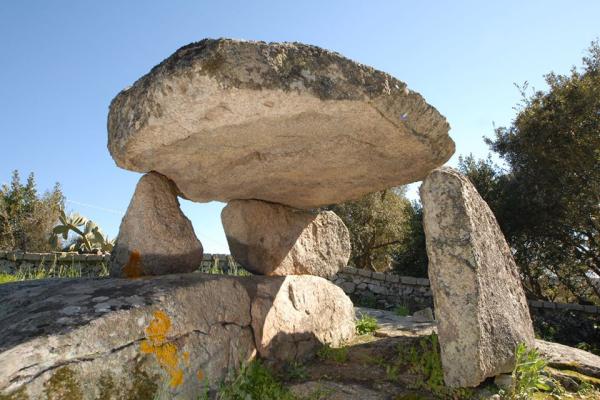This is the "city of stone" - a place to relax among parks, springs and the health-giving mountain air. In central Gallura, at the foot of Mount Limbara, Tempio Pausania is a large town of 14,000 inhabitants with a picturesque old town of granite buildings and paving, with tree-lined streets. The town has always been a reference point for the Gallura area, the bishop's seat and the location of the local court. Mentioned in the Giudicato period as Templo, it added the "second" name in 1879 with reference to the old diocesan seat of Phausania. The town is famous for working granite and cork, to which the cork machinery museum is dedicated, for its wines (vermentino, karana and moscato), and for lu carrasciali timpiesu, an allegorical carnival par excellence that attracts 100,000 visitors every year. The festival includes lu palu di la frisgiola, an equestrian tournament featuring a carnival pastry, and lu acciuleddu 'e meli. Li casgiatini are eaten at Easter, and papassini at Christmas. From the local cuisine, the dish of suppa cuata reigns supreme. The high point of Holy Week are the Via Crucis and lu Sgraamentu. In August, the patron saints of San Paolo and the Vergie di Buoncammino are celebrated.

Town
An enchanting, large town in the heart of Gallura, in north-eastern Sardinia, a "granite temple" surrounded by water and greenery, famous for its carnival, cork and moscato
An enchanting, large town in the heart of Gallura, in north-eastern Sardinia, a "granite temple" surrounded by water and greenery, famous for its carnival, cork and moscato
See this place because...
Experience the lively carnival atmosphere and relaxing days in the park in a "granite town" that blends ancient and modern, chosen as home by De André
Pictures and videos
You may also like
More attractions in the vicinity




















